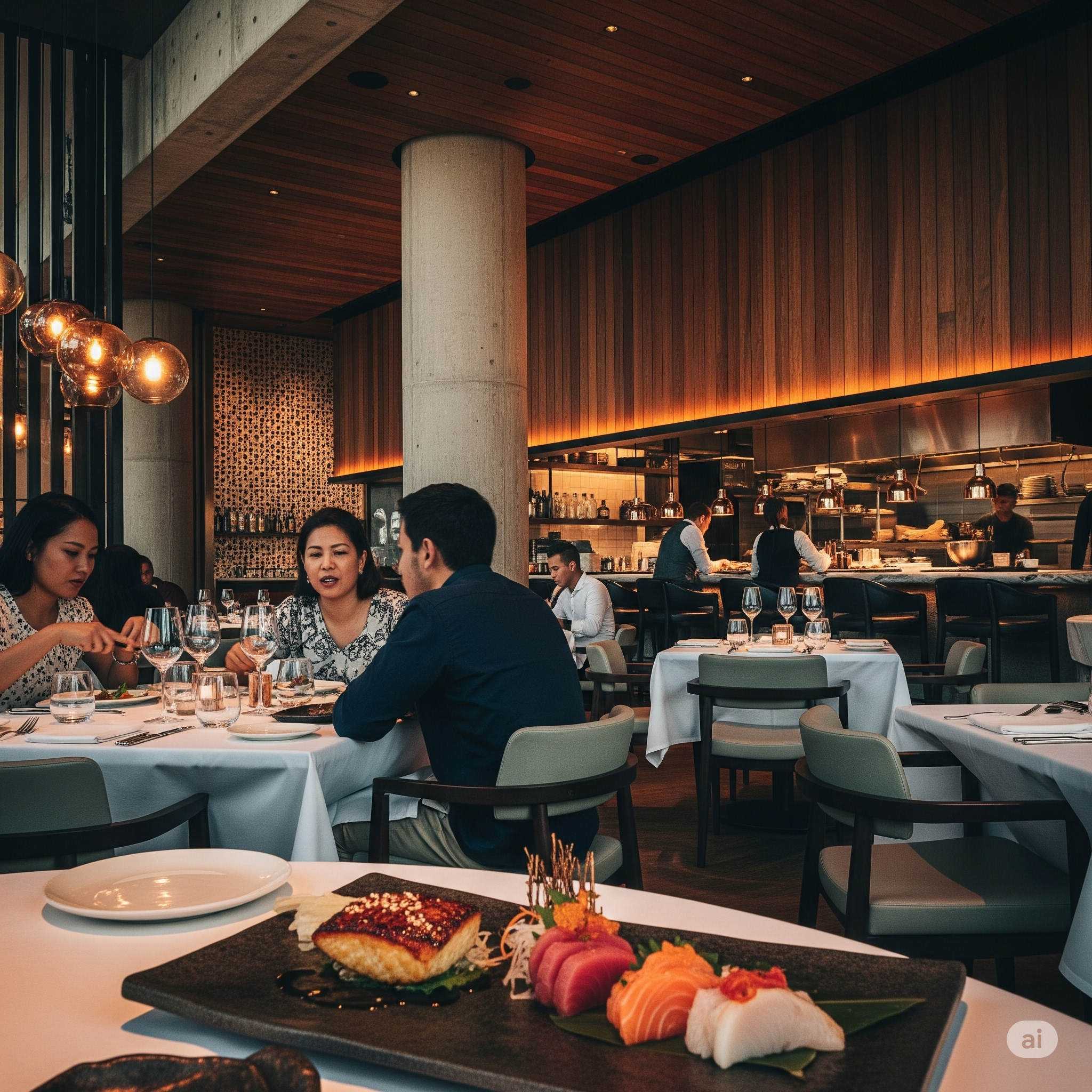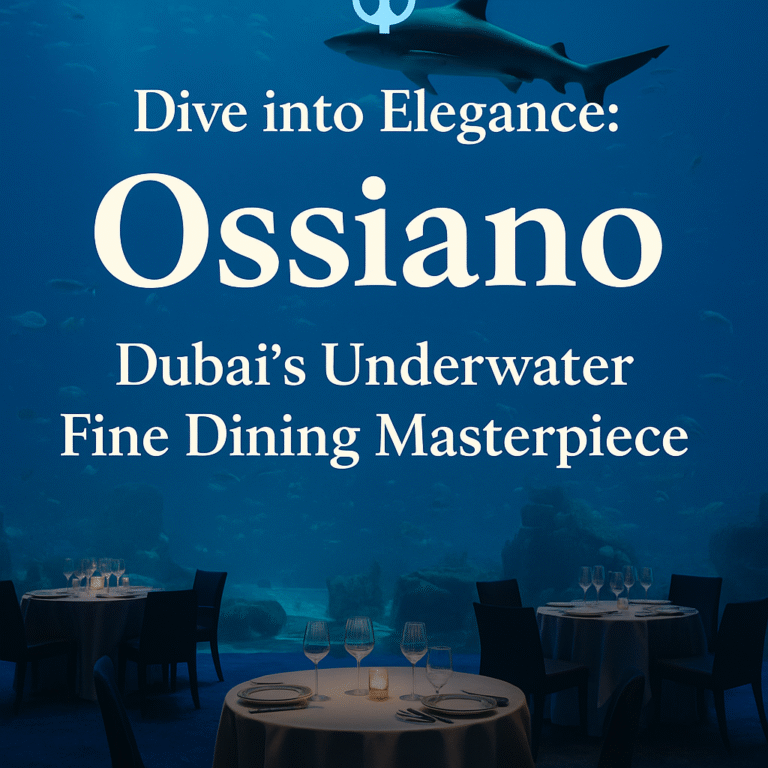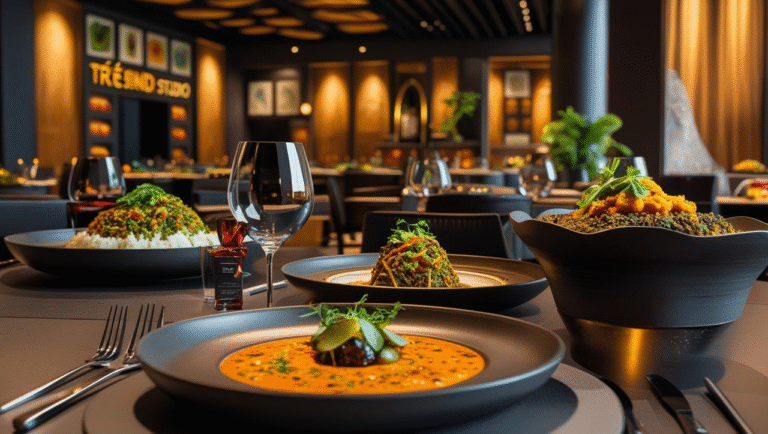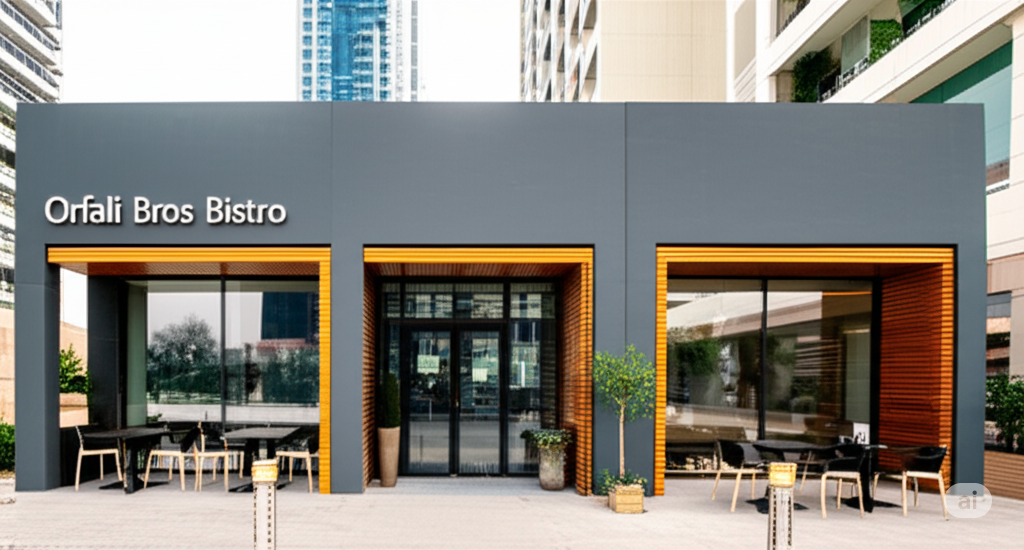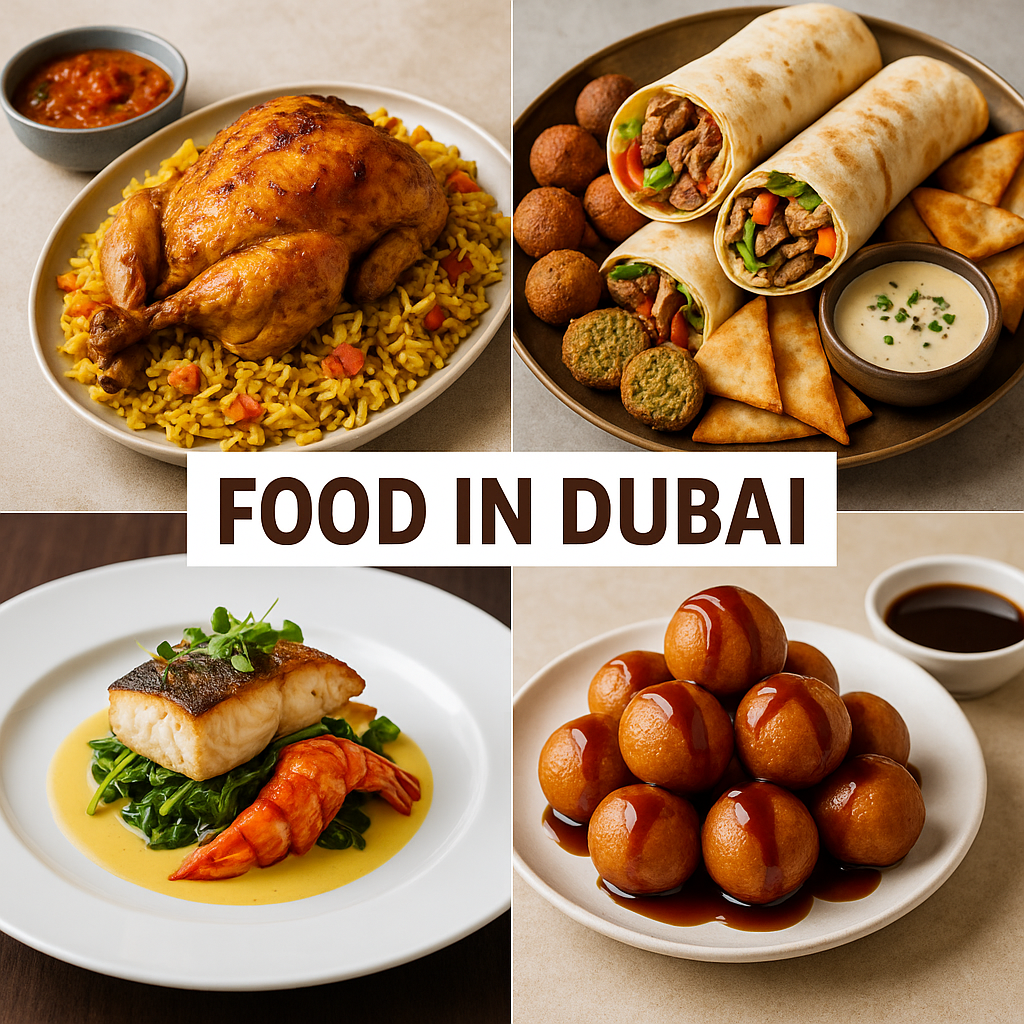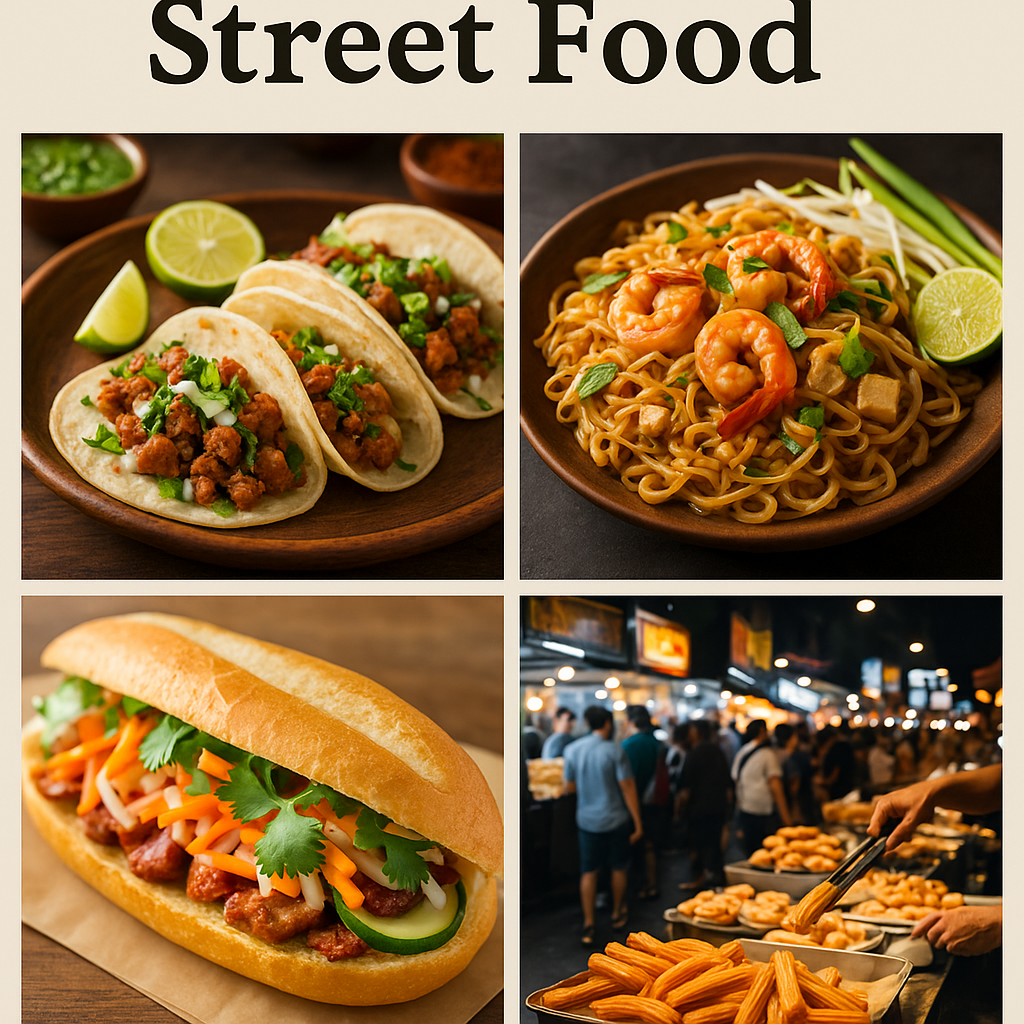In a city that perpetually reinvents itself, where architectural marvels pierce the clouds and luxury is woven into the very fabric of daily life, Dubai’s culinary scene mirrors this relentless pursuit of excellence. It is a tapestry woven with threads of global influence, where gastronomic giants from every corner of the world stake their claim, bringing their unique philosophies and flavours to a discerning clientele. Amidst this glittering constellation of dining establishments, one name consistently resonates with a particular blend of reverence and excitement: Zuma. Nestled within the bustling financial heart of the city, the Dubai International Financial Centre (DIFC), Zuma isn’t merely a restaurant; it’s an institution, a meticulously crafted ecosystem of sensory delights that transcends the conventional boundaries of dining.
Zuma’s arrival in Dubai marked a pivotal moment, introducing a contemporary Japanese izakaya style that was both familiar and revolutionary. It wasn’t about rigid tradition, but rather an homage to the spirit of casual Japanese dining, elevated to an art form. The concept, conceived by chef Rainer Becker, was built on the pillars of sharing, quality ingredients, and an electrifying atmosphere. This philosophy has permeated every aspect of the Dubai outpost, from its striking design to its impeccably executed dishes, creating a dining experience that is as much about the journey as it is about the destination.
Step through Zuma’s unassuming entrance in the heart of DIFC, and you are immediately enveloped in a transformation. The muted tones of the financial district give way to an environment that is at once sleek, sophisticated, and pulsating with a controlled energy. The design ethos is a masterclass in understated luxury, blending natural materials with industrial chic elements. Dark, highly polished wood forms sweeping surfaces, contrasted by rough-hewn stone and exposed concrete. Dramatic lighting, a signature of Zuma’s aesthetic, plays a crucial role, creating intimate pockets of light and shadow that define distinct areas within the expansive space. The ambient glow illuminates each table just enough to highlight the exquisite presentation of the food, while allowing the surrounding buzz to remain a vibrant, yet unobtrusive, backdrop. It’s a space that feels both grand and surprisingly intimate, designed for a diverse clientele – from power-lunching executives to glamorous evening revelers.
The heart of Zuma Dubai, both metaphorically and physically, is its open kitchen. This culinary theatre is a constant source of fascination and a testament to the transparency and skill that defines the restaurant. Flames leap from the robata grill, chefs meticulously slice vibrant cuts of fish at the sushi counter, and the rhythmic clang of pans orchestrates a symphony of preparation. This visual spectacle isn’t just for show; it’s an integral part of the Zuma experience, blurring the lines between diner and creator, allowing guests to witness the artistry unfold before their eyes. The aroma of charcoal and sizzling meats wafts subtly through the air, tantalizing the senses even before the first dish arrives.
The menu at Zuma is a meticulously curated journey through the best of contemporary Japanese cuisine, rooted in the izakaya tradition of shared plates. It’s designed for exploration, encouraging diners to sample a wide array of dishes from different sections: the robata grill, the sushi and sashimi bar, the tempura station, and the main kitchen. This communal approach fosters interaction and discovery, turning a meal into a shared adventure.
The robata grill is, without a doubt, a cornerstone of the Zuma experience. Here, premium ingredients are kissed by fire, imparting a smoky depth and char that elevates their natural flavours. The Wagyu beef skewers, with their exquisite marbling, melt on the tongue, each bite a testament to the quality of the meat and the precision of the grilling. The Chilean sea bass, marinated in miso, is another iconic dish. Its flaky, buttery texture and the sweet, savoury glaze have cemented its status as a must-try for first-time visitors and a beloved staple for regulars. Beyond these stars, the robata offers an array of succulent options, from chicken wings to asparagus with wafu sauce, each expertly grilled and seasoned. The subtle char, the tender interior – these are the hallmarks of a master at work over open flames.
Moving to the cooler side of the kitchen, the sushi and sashimi bar is a showcase of precision and the freshest produce. The selection of raw fish is sourced with meticulous care, each piece a vibrant testament to quality. Tuna, salmon, yellowtail, sea bream – they arrive at the table with an almost iridescent sheen, reflecting the care taken from ocean to plate. The rolls, from the classic spicy tuna to more inventive creations, are constructed with an eye for both flavour balance and visual appeal. The presentation is always minimalist yet impactful, allowing the natural beauty of the ingredients to shine. Wasabi is freshly grated, soy sauce is of the highest quality, and the pickled ginger is a subtle palate cleanser, all contributing to an authentic and refined experience.
The tempura section offers a delightful contrast in texture and flavour. Light as air, crispy, and never greasy, the tempura here is a testament to the delicate art of Japanese frying. Prawns are plump and sweet, vegetables retain a hint of their natural bite, all encased in a gossamer-thin batter that shatters on impact. It’s a delightful interplay of crispiness and tenderness, often served with a nuanced dipping sauce that complements rather than overwhelms.
Beyond these dedicated stations, the main kitchen produces an array of compelling dishes that range from the deeply comforting to the exquisitely refined. The spicy beef tenderloin with sesame, red chili, and sweet soy is a revelation – tender pieces of beef bursting with umami and a satisfying kick. The roasted lobster, often dressed with a ponzu butter, is a luxurious indulgence, cooked to perfection and presented with understated elegance. Even simpler dishes, like the agedashi tofu, demonstrate the depth of skill and attention to detail that permeates every corner of Zuma’s culinary philosophy. Each dish, regardless of its complexity, arrives at the table a testament to the kitchen’s unwavering commitment to flavour and presentation.
The experience at Zuma extends far beyond the food. The bar, an impressive structure that often anchors the main dining area, is a destination in itself. It’s a place where mixology is taken seriously, where skilled bartenders craft innovative cocktails that are as visually stunning as they are delicious. The selection of sake is extensive, catering to both novices and connoisseurs, with knowledgeable staff ready to guide guests through the nuanced world of Japanese rice wine. Before dinner, the bar is a lively prelude, a place to gather and socialize amidst the clinking of glasses and the low hum of conversation. After dinner, it transforms into a sophisticated lounge, maintaining the vibrant energy without ever descending into raucousness. The music, carefully curated, provides a sophisticated soundtrack that evolves throughout the evening, complementing the atmosphere without ever overpowering it.
Service at Zuma is a seamless ballet of efficiency and attentiveness. The staff move with a quiet confidence, anticipating needs before they are articulated. They are knowledgeable about every item on the expansive menu, able to offer insightful recommendations and explain the intricacies of preparation or ingredients. Yet, their presence is never intrusive; they glide through the space, refilling water glasses, clearing plates, and delivering dishes with a quiet grace that adds to the overall sense of effortless luxury. This choreography of service is a crucial, often overlooked, component of the Zuma appeal – it’s the invisible hand that ensures a flawless dining experience.
The clientele at Zuma Dubai is as diverse and dynamic as the city itself. On any given evening, you might find local Emirati families celebrating, international business magnates striking deals, fashionable expats enjoying a night out, and curious tourists eager to experience a piece of Dubai’s high-end dining scene. This eclectic mix contributes significantly to the restaurant’s unique energy – a sophisticated hum of global conversation and shared enjoyment. It’s a place to see and be seen, yet it never feels ostentatious or unwelcoming. There’s an underlying current of relaxed confidence that permeates the space, allowing everyone to feel comfortable within its luxurious embrace.
The restaurant’s location in DIFC is no accident. It places Zuma squarely in the heart of Dubai’s commercial and cultural pulse, making it a convenient and desirable choice for both business lunches and leisurely dinners. The surrounding architecture, while imposing, creates a distinct urban oasis that adds to the restaurant’s exclusive appeal. It’s a destination within a destination, drawing people from across the city and beyond.
Over the years, Zuma Dubai has managed to maintain an enviable level of consistency, a rare feat in a city where trends can be fleeting and competition fierce. Its enduring popularity speaks volumes about its unwavering commitment to quality, its ability to innovate within its established framework, and its success in cultivating an experience that transcends mere sustenance. It has become a benchmark for contemporary Japanese dining in the region, influencing countless other establishments and raising the bar for culinary excellence. The meticulous attention to detail, from the precise temperature of the sake to the perfectly balanced seasoning of a dish, ensures that every visit feels like a return to a trusted, refined sanctuary. It’s a place where the pursuit of gastronomic perfection is a continuous journey, where every ingredient is respected, and every technique honed to deliver an unparalleled sensory adventure. The aroma of sizzling robata, the intricate layers of flavor in a signature cocktail, the soft murmur of conversation against a backdrop of curated music – these elements converge to create a multi-sensory tableau.
